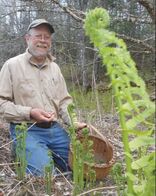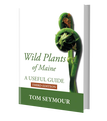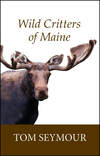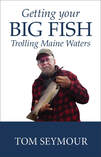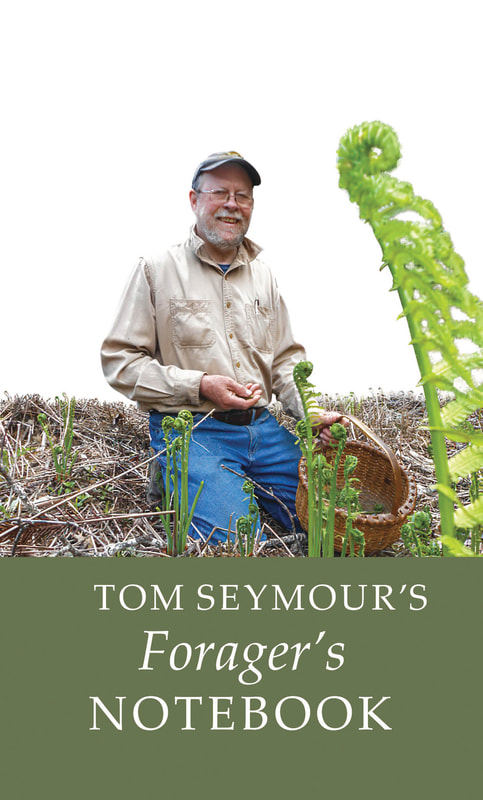Then suddenly, the still woodlands erupt in a cacophony of chatter and squawks. A red squirrel has spotted the hunter and has turned itself into a one-squirrel, three-ring circus, chattering, tail whipping, jumping and running in first one direction, then the other. To make matters worse, once a lone red squirrel begins its noisy protest, other squirrels in the vicinity often add their two cents to the matter. In the end, the notion of waiting for a deer becomes an exercise in futility. Times have changed That was then and this is now and that same hunter on the same deer stand can easily sit in place all day and never even imagine a red squirrel. But where did the squirrels go? What could possibly erase such a strong presence as red squirrels?
The idea, then, is that starving owls have eaten all the red squirrels. It’s a nice-sounding answer to the question of where the red squirrels went, but is it accurate? Owls are nocturnal, while red squirrels are diurnal; they become most active at dusk and dawn. Red squirrels do range about in the daytime, but only very rarely at night. Also, owls need a bit of room to swoop down and grab their prey. But since red squirrels spend the night in trees, it’s difficult to imagine how an owl could manage to kill a squirrel at all. Something else must have caused the red squirrel population to plummet. Perhaps I’m wrong. But perhaps I’m right, and if so, what might we consider next? Migration Theory Well, squirrels migrate. The gray squirrel irruption of the last several years has ended abruptly. The squirrels just left. It’s a known fact that gray squirrels migrate en masse, sometimes crossing major rivers, lemming-like in their mass pilgrimages. So might red squirrels have done the same thing? Until someone can definitely prove where the red squirrels went, I’m sticking to my migration theory. And with that, I’ll go further out on the proverbial limb and predict that just as they left, red squirrels will return. Range maps of various wildlife species remind me of the shapeless blobs inside a lava lamp, constantly expanding and contracting. Much of this is easily explained by changes in food sources, along with other more subtle factors. In summation, I’m not too worried about red squirrels. My thought is that somewhere, someplace, there are an awful lot of red squirrels and they will eventually return to their traditional haunts. We’ll just have to wait and see how it all shakes out.
0 Comments
Leave a Reply. |
AuthorAn avid writer and naturalist, Tom writes four regular columns and a multitude of features. He wrote a long running award winning column "Waldo County Outdoors" and a garden column for Courier Publications Archives
November 2020
Categories |
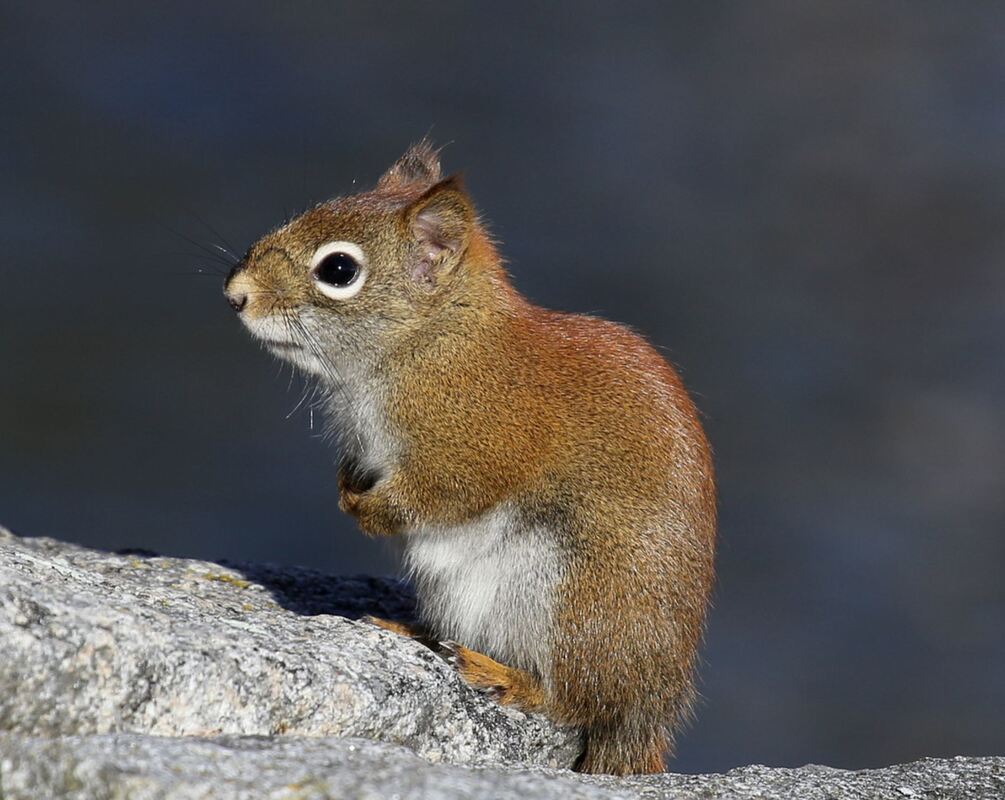
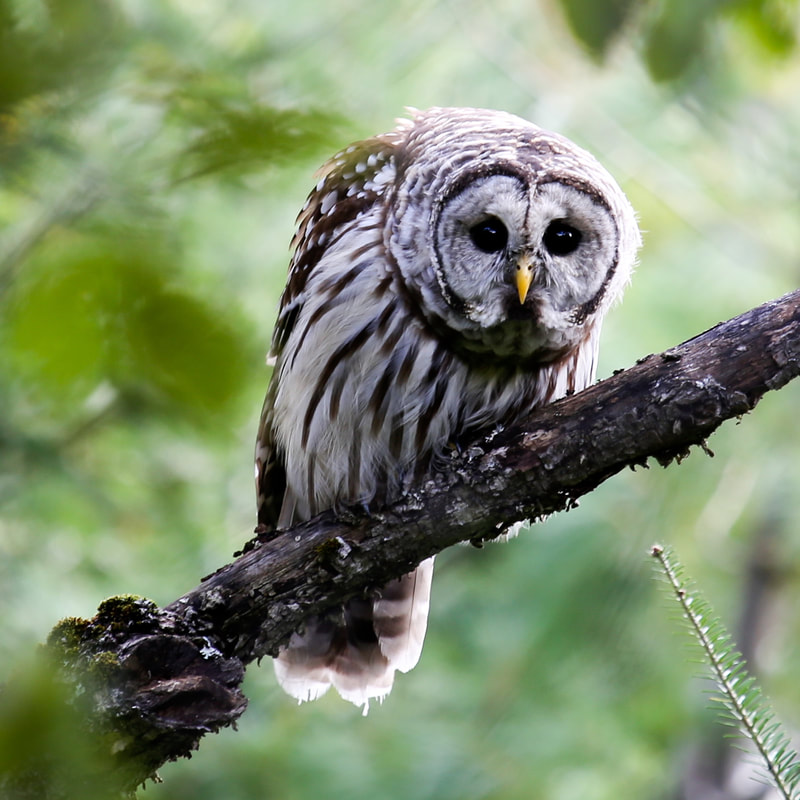

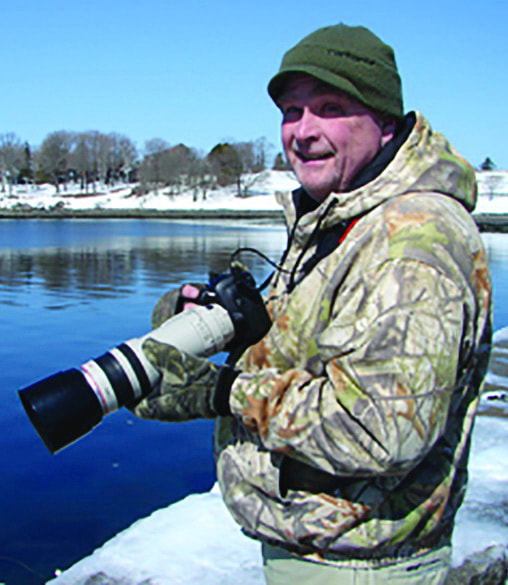
 RSS Feed
RSS Feed
